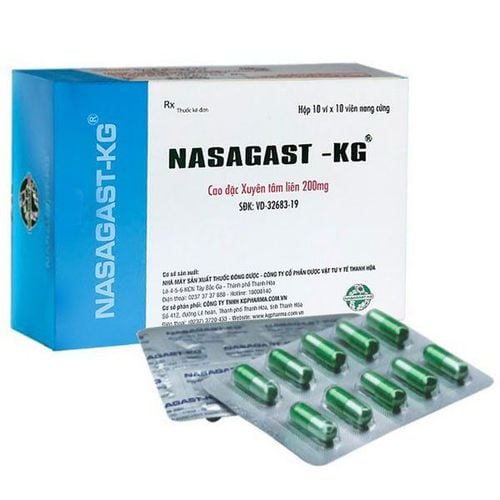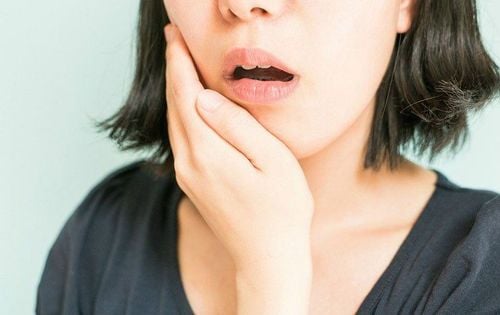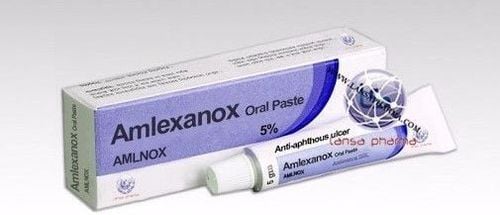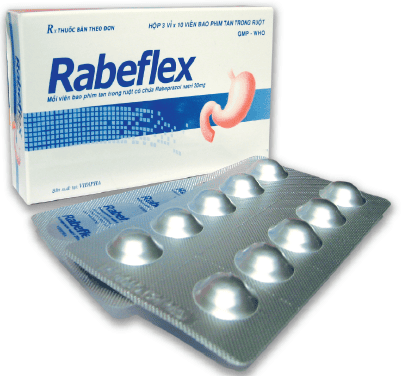This is an automatically translated article.
What is chloraseptic? Chloraseptic medicine has the main ingredient is benzocaine, which is classified in the group of cough and cold medicines. The drug is often used in cases of pain, mouth sores, ... On the market, there are Chloraseptic drug preparations made in the form of lozenges.
1. Uses of Chloraseptic
Chloraseptic is used to treat mouth sores, mouth sores, mouth irritation, and to relieve mouth and throat pain.
Do not use Chloraseptic for people who are sensitive to any ingredient of the drug and other cases as recommended by the manufacturer.
2. Dosage and how to use Chloraseptic
Dosage: 1 tablet every 2 hours, maximum 12 tablets/day.
Patients use Chloraseptic lozenges as prescribed by the doctor, do not chew, break or crush, do not swallow the whole tablet. Do not suck on more often than directed by your doctor. Do not eat or drink for at least 1 hour after using Chloraseptic.
If you forget a dose, take another dose as soon as you remember. If it is almost time for your next dose, skip the missed dose and go back to your normal dosing time. Do not take 2 doses at the same time or add an extra dose to make up for a missed dose.
When an overdose is suspected, the patient should immediately go to the nearest emergency center for timely treatment. Bring all previously used medications, including prescription and over-the-counter medicines, health care products, etc. to aid in a quick and accurate diagnosis.
3. Undesirable effects
Although it may be rare, some people can experience very severe and sometimes life-threatening side effects when taking the medicine. Get medical help right away if you have any of the following signs or symptoms that may be related to a very bad side effect:
Signs of an allergic reaction such as hives, rash , skin itching, skin redness, blistering, wheezing, difficulty breathing, difficulty swallowing, trouble talking, hoarseness, swelling of face, lips, tongue, throat, ... Signs of Methemoglobinemia such as cyanosis of lips, arrhythmia, convulsions, dizziness, fainting, headache, drowsiness, fatigue, weakness, shortness of breath. This syndrome is rare but can be fatal. In addition, Chloraseptic drugs also cause some other side effects such as throat irritation, mouth itching, ... To be safe, you need to contact your doctor when any unusual symptoms appear in the body. chloraseptic process.
4. Drug interactions
When having to treat with many different drugs, there may be interactions between the drugs and affect the drug concentration in the body, the effects and side effects of the drug. In addition, some medications should not be used during or around the time of eating or drinking because interactions can occur. Using alcohol or tobacco while taking certain medications can also cause interactions. So to be on the safe side, list and tell your doctor about all the medications you're taking, and talk about taking them with food, alcohol, drugs or tobacco. . Some drugs can interact with Chloraseptic drugs such as:
Aspirin Acetaminophen Diphenhydramine Loratadin Metformin Fluticasone Multivitamin Ibuprofen Polyethylene glycol 3350 Guaifenesin
5. Some notes when using Chloraseptic
Before using Chloraseptic, tell your doctor if you have the following conditions: Oral infection, children under 2 years of age, teething children A serious blood problem called methemoglobinemia can occur. occurs when using Chloraseptic . The risk of methemoglobin may be increased in people with glucose-6-phosphate dehydrogenase (G6PD) deficiency, heart and lung problems, infants younger than 6 months old, and taking certain other medications. Tell your doctor if you have ever had methemoglobinemia. Do not eat while your mouth is numb because you may bite your tongue. If you have diabetes, check the ingredients label carefully, some products may contain sugar. Tell your doctor if you are pregnant, nursing or planning to become pregnant. You will need to be aware of the benefits and risks to you and your baby.
Please dial HOTLINE for more information or register for an appointment HERE. Download MyVinmec app to make appointments faster and to manage your bookings easily.













